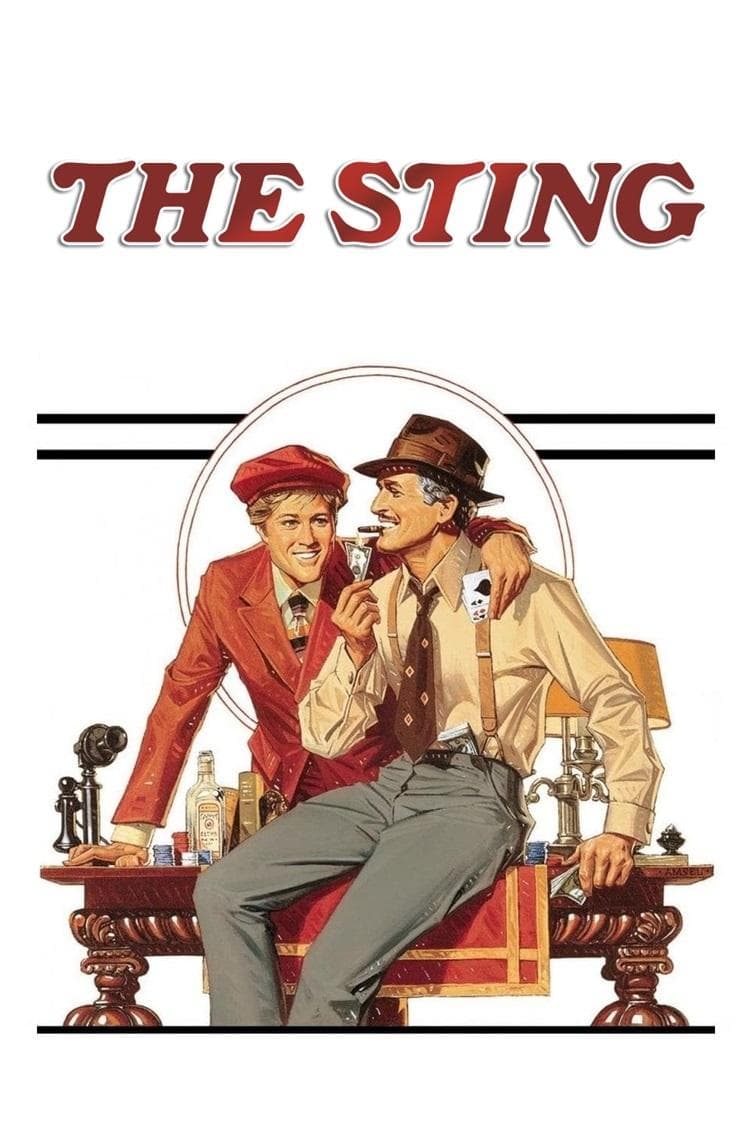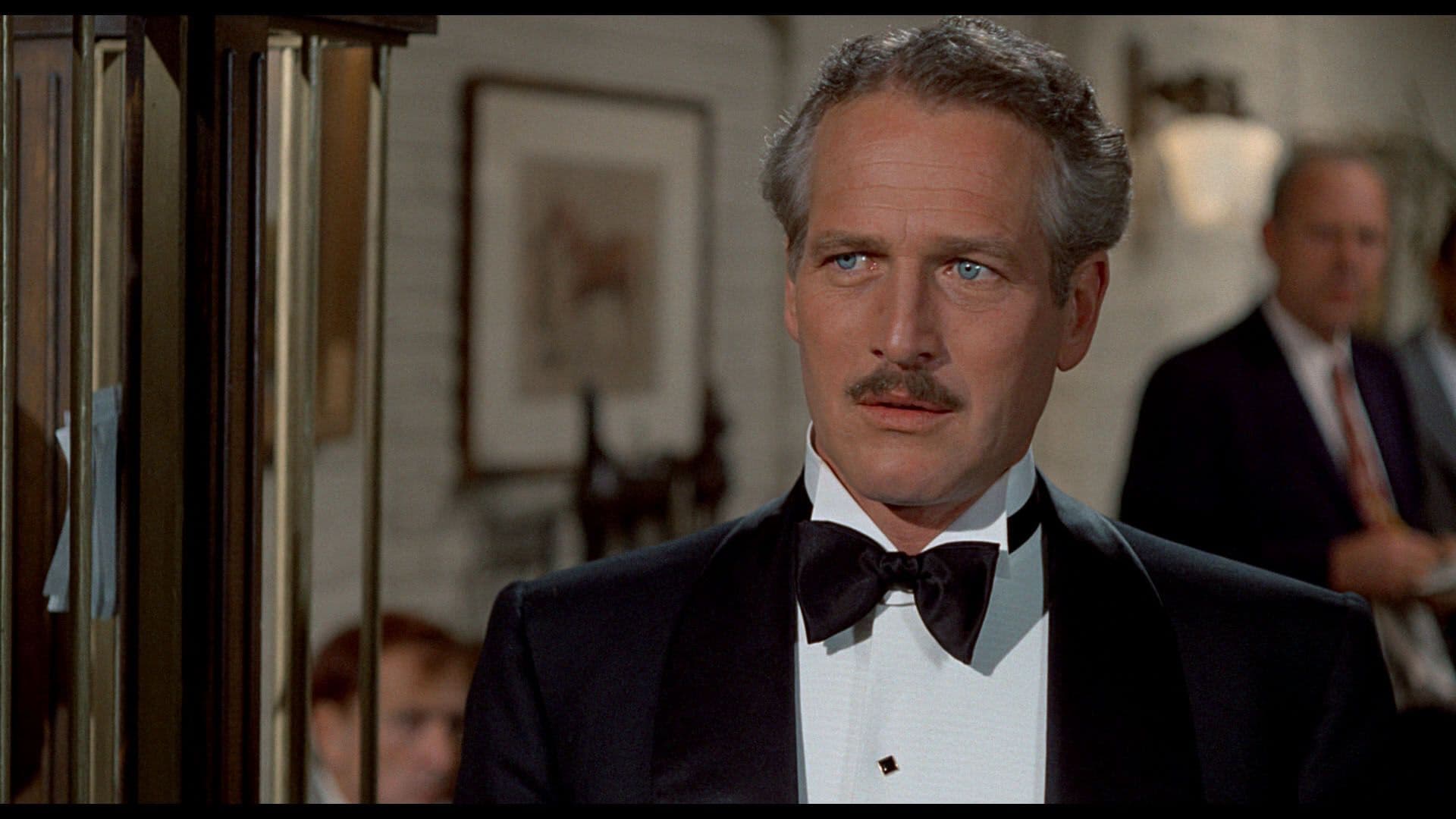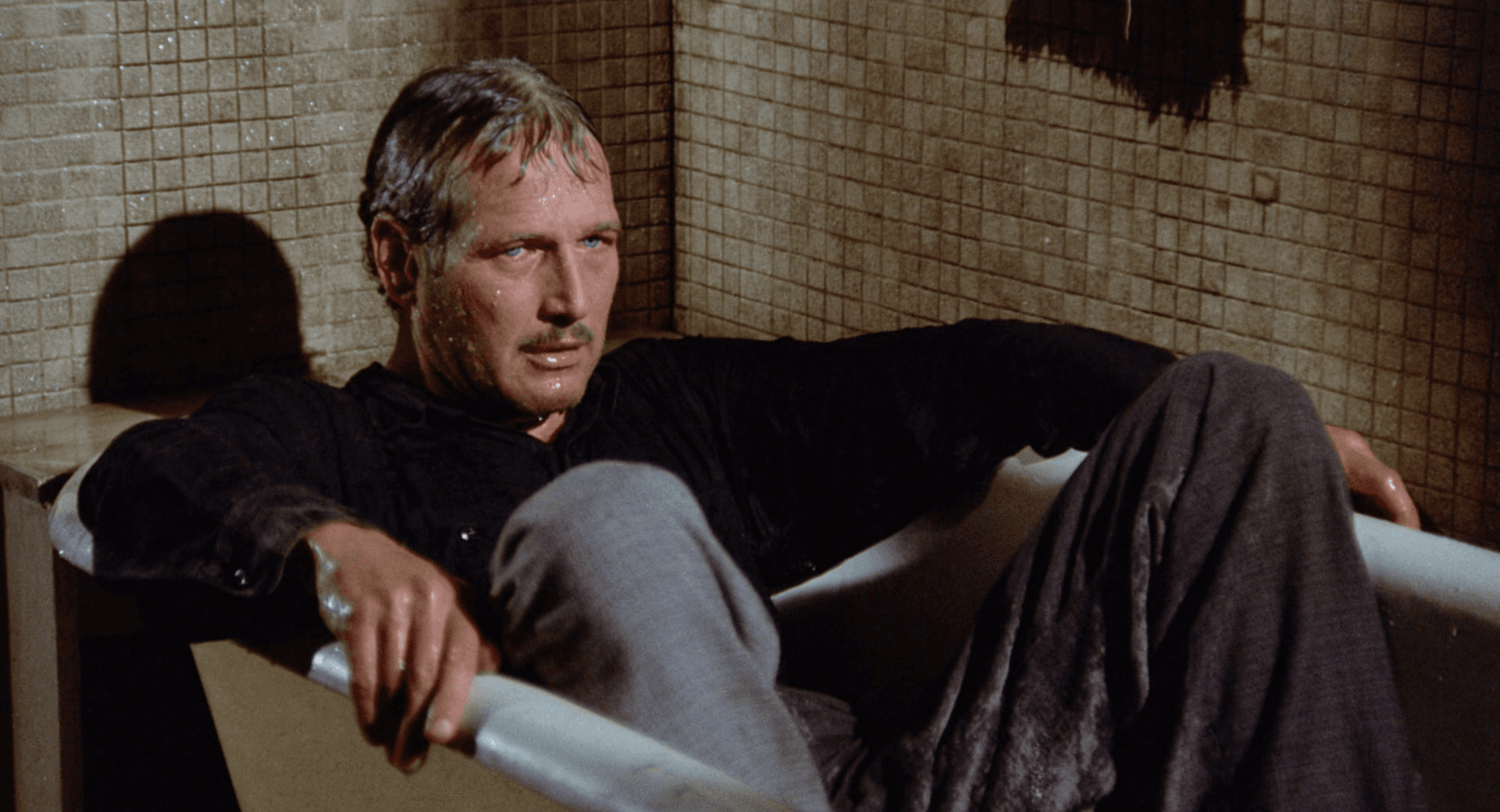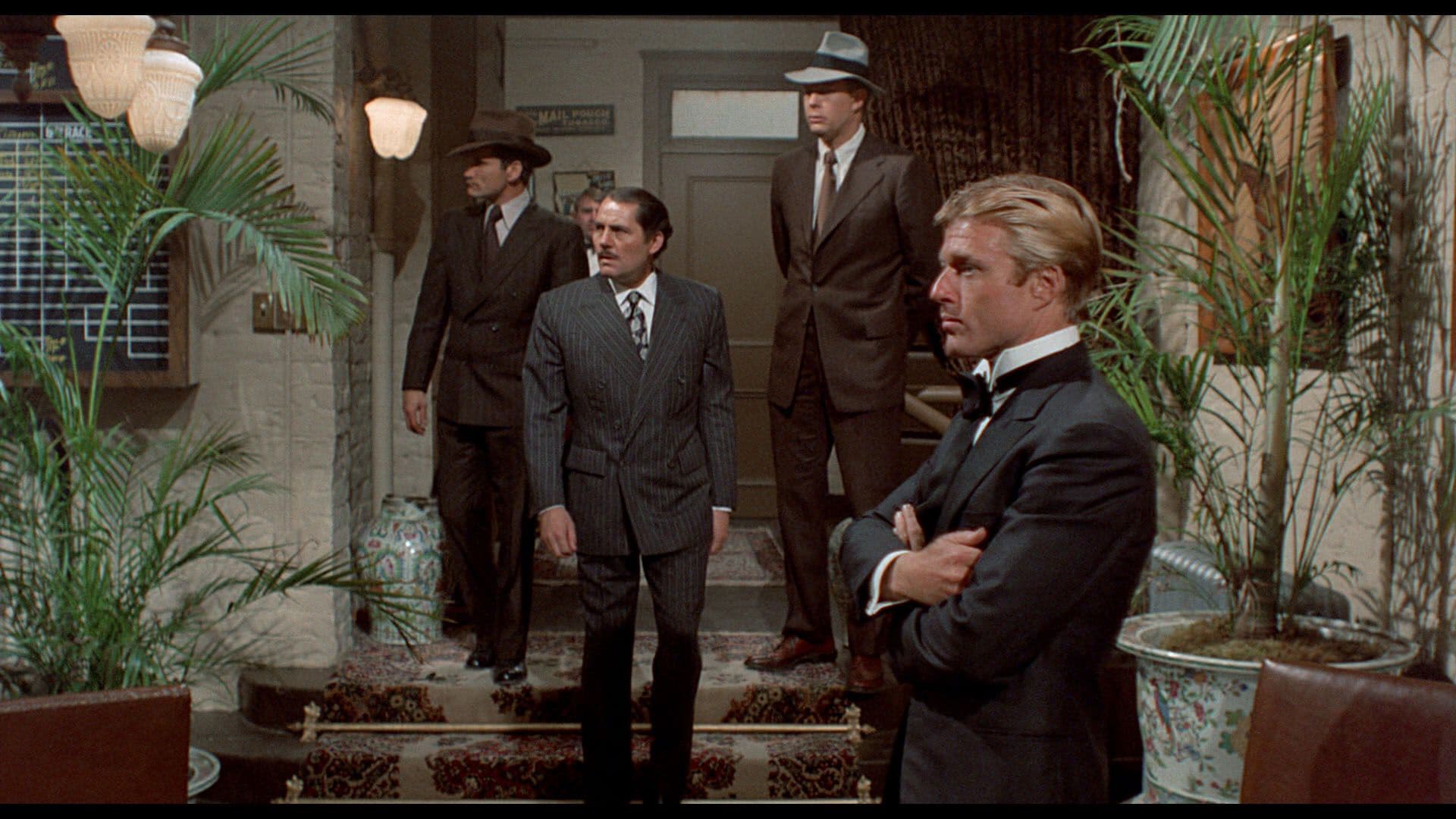
The Sting
1973
Rate this movie
Average: 0.00 / 5
(0 votes)
Director
Hill, after the overwhelming success of Butch Cassidy, did not hesitate for a moment to recall one of the most charismatic and iconic cinematic duos of all time to his set: Paul Newman and Robert Redford. Far from being a mere re-proposal of a fortunate partnership, their alchemy in La Stangata (The Sting) elevates to the pinnacle of an almost telepathic artistic understanding, blending Newman's charismatic gravitas with Redford's more impetuous energy and calculated innocence. If in Butch Cassidy they were melancholic bandits fleeing an era that rejected them, here they reinvent themselves as astute illusionists, masters of disguise and manipulation, perfect for embodying the spirit of an America teetering between disillusionment and the perpetual hope of a "big score."
In 1930s Chicago, a city emblematic of Prohibition, organized crime, and rampant capitalism, a small-time con artist, Johnny Hooker (Redford), seeks revenge against a ruthless boss, Doyle Lonnegan (Robert Shaw), who is guilty of killing his partner. A classic motive, revenge, but one that immediately transforms into a pretext for orchestrating one of the most ingenious and complex schemes ever brought to the big screen. Hooker, with the help of an old fox of the underworld, Henry Gondorff (Newman), a master of the trade seeking redemption, will organize a colossal setup against Lonnegan, a masterpiece of deception designed to swindle him on a monumental scale.
Together, Gondorff and Hooker will set up a fake betting parlor in a true "meta-set," a set within a set where acting and fiction not only intertwine with real life but become an integral and inescapable part of it. It is here that the genius of George Roy Hill and screenwriter David S. Ward reaches its conceptual peak. The film does not merely tell a con; it is itself a con skillfully orchestrated against the viewer. Hill engages in a daring and brilliant narrative gamble with the audience, almost always concealing the true intentions of the con artists. Thus, a dizzying hall of mirrors is created, an inverted Brechtian mechanism, by which even the viewer falls victim to the con, paradoxically enjoying their own implication in the deception. We are not mere observers, but unwitting accomplices, or perhaps even the unwitting "marks" of a cinematic sleight of hand that is revealed only at the last moment. This dynamic makes The Sting not only an exercise in style but a profound reflection on the nature of perception, trust, and deception.
Remarkable, indeed, astounding are the period reconstructions, capable of transporting the viewer to a vivid and stylized Chicago, imbued with a criminal elegance and a patina of nostalgia. Every detail, from the impeccable costumes by Edith Head (legendary costume designer) to the smoky and decadent atmospheres of the speakeasies, contributes to creating total immersion in a fascinating and contradictory decade. The screenplay, the result of David S. Ward's meticulous work, does not merely support the narrative structure; it elevates it to a level of almost literary sophistication, orchestrating a symphony of plot twists, sharp dialogue, and memorable characters. Its surgical precision in constructing the complex architecture of the con, without ever losing the thread of entertainment, is a masterclass in screenwriting. The episodic structure, with its "chapter"-style captions announcing the various phases of the plan, reinforces the sense of a calibrated and meticulous narrative, almost a play in progress.
Special mention, a deserved one, goes to George Roy Hill's direction, who not only crafted a film destined to sweep the Oscars, winning a remarkable seven, including the most prestigious for Best Picture and Best Director, but also wove it with a fast pace and an apparent lightness that conceals impressive technical mastery. His ability to balance suspense, comedy, and drama, utilizing impeccable editing and an unforgettable soundtrack – Scott Joplin's ragtime melodies, rearranged by Marvin Hamlisch (another Oscar winner), which bestow upon the film a unique and joyous sonic identity, almost circus music for a refined deception – is the mark of a complete auteur. Hill does not merely direct, but orchestrates an entire symphony of illusions, performances, and expectations, leaving a lasting legacy not only in the "con-movie" genre but in the collective imagination, solidifying The Sting as a masterpiece of narrative intelligence and pure cinematic entertainment. It is the quintessence of cinema as a dream machine, capable of making us believe the impossible, even the pleasure of being impeccably deceived.
Country
Gallery






Featured Videos
Official Trailer
Comments
Loading comments...